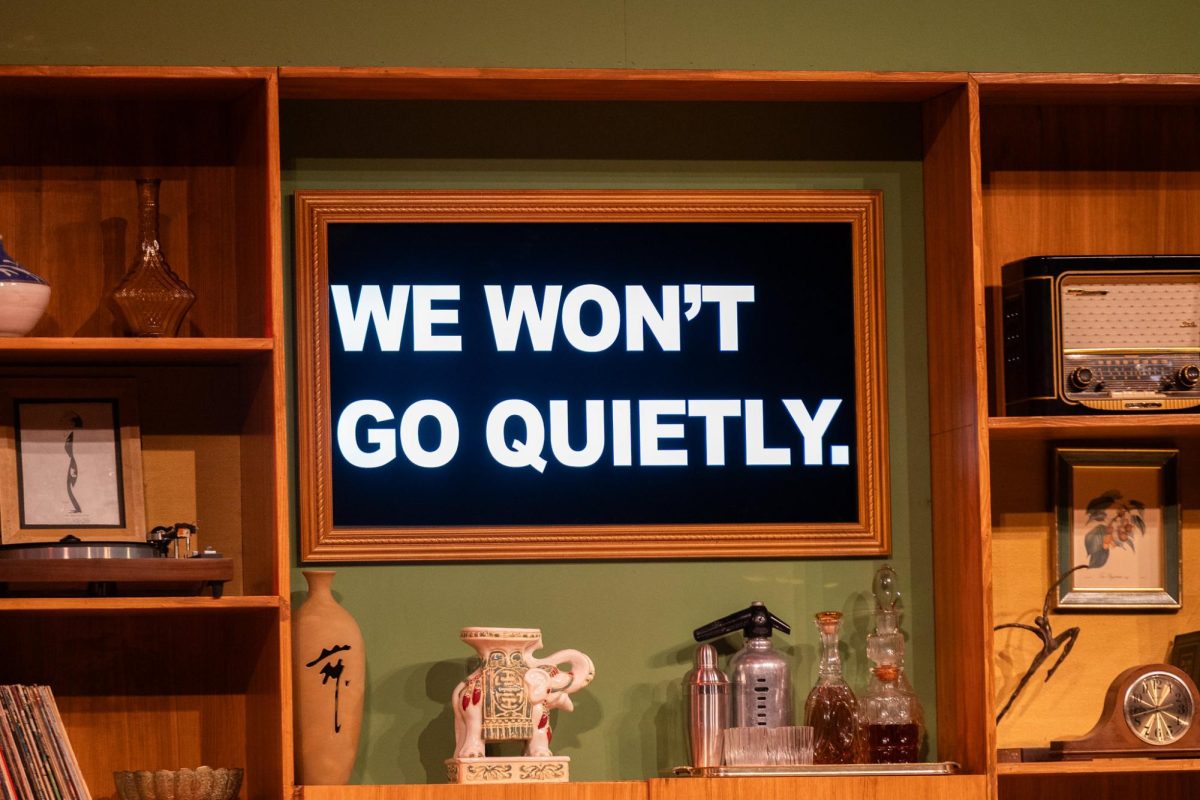With the creation of Netflix, Hulu, Apple TV, fire TV sticks, and countless other modified versions of television, it is safe to say that the golden age of TV is slowly coming to an end. In the 1950’s, television was emerging as the innovative new gadget that everyone wanted for their household to earn the title of the cool family on the block; acting as a status symbol. Living in a society that is now so technologically advanced and reliant, it is hard to believe that cable TV started with only three major broadcasting stations; ABC, CBS, and NBC.
Today, cable, as well as the physical act of sitting on the couch and watching live television, are on their way to becoming old-fashioned. Digital video recorders were one of the first innovations that kept cable television on the upswing. It provided a sense of freedom and flexibility that was not seen before in basic cable. This could have ignited the first spark of the binge-watching phenomena. Throughout the week recordings would stack up in your DVR and when the weekend came you could catch up on everything you missed all in one sitting. Even though they produced the first unit in 1999, many people today still use and rely on the DVR to make sure their busy schedules don’t let them miss out on their favorite shows.
However, people no longer have to worry about being tied down to the confines of their home, the particular hour their favorite shows air, or the TV/DVR unit itself. As long as you have a device that can connect to WiFi, the world could be in your living room now that you can access live and recorded TV on a laptop, smart phone, iPad and various other gadgets.
WiFi, and the Internet in general, opened up this new realm for cable companies to expand their brand and offer their customers something more, but it also aided the creation of today’s popular streaming companies, such as Netflix and Hulu. As time went on and streaming apps started to increase in popularity, competitive spirit ignited between the two.
Since its birth, Netflix has been a major game changer in the media world. However, they wanted to prove that they were more than a bona-fide Blockbuster and are capable of creating their own original series. Then, when you thought the home delivery of popular TV series and movies was genius, they surprised their customers, and competition, in 2013 by producing one of the first Netflix originals, “House of Cards.” Fast forward a few years and now they have several critically acclaimed shows, such as “Orange is the New Black” and “Stranger Things.”
Channels like HBO and Showtime are key factors in keeping cable television up to par with a media mogul like Netflix. Since Netflix is redefining the definition of TV shows, regular television channels are struggling to keep up with their viewers’ ever-growing standards. Even though you pay an extra fee to gain access to HBO and Showtime, shows such as “Game of Thrones” and “Shameless” are great money-makers and ensure their viewership will not decline.
According to Fortune, as of 2017, Netflix’s U.S. streaming subscribers, sitting at 50.85 million, is more than the number of customers part of country’s largest cable companies, some 48.61 million
This may not seem like a huge upper hand for Netflix, but Forbes said it expects subscribers for the streaming company to consistently grow, especially overseas.
Also, Netflix has a pretty strong, loyal following of adults ages 18-29, which greatly aid in their popularity over cable; Pew Research Center said six in 10 young adults in the U.S. primarily use their online streaming to watch TV.
An obvious reason as to why young adults tend to use streaming services to watch TV is because of the significant price difference between that and cable. Of course, the want to save money is not limited to just young adults. However, due to the fact that most of them are still in or just graduated college, it would be foolish to undermine the importance money plays in the cable versus streaming apps battle.
Even though streaming companies are proving themselves a threat to the stable future of cable television, it is going to take more than a few outstanding TV shows, greater accessibility and low prices to overthrow the media king.



































